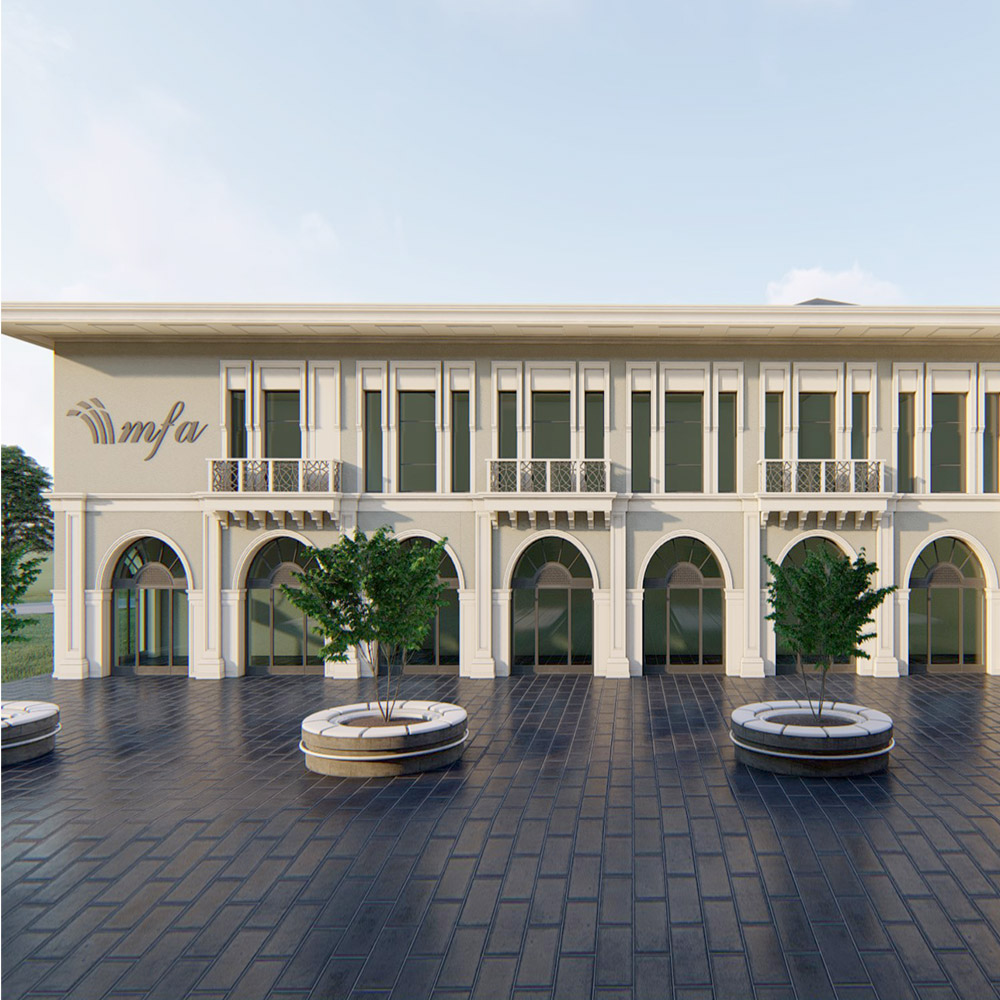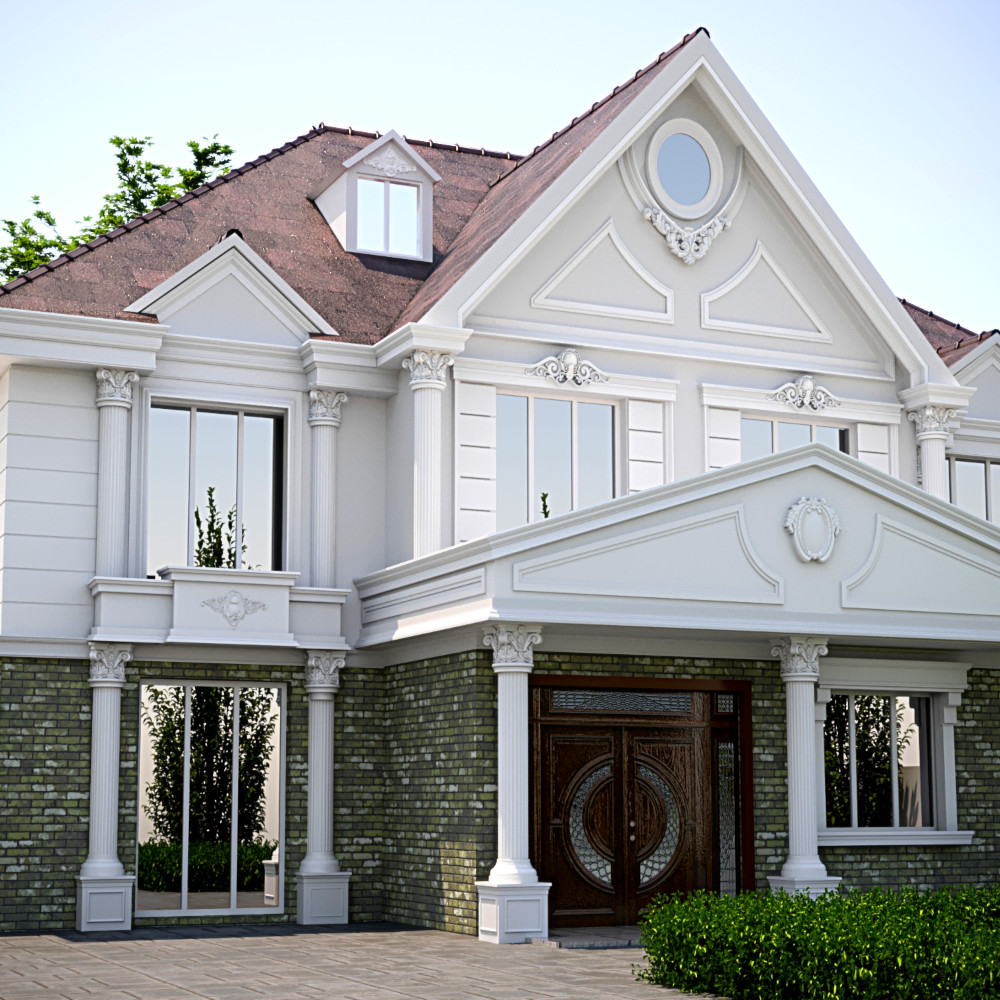Construction Activity Topics
Construction Activity Topics
Construction Activity Topics
The construction sector covers a wide range of activities that form the cornerstone of modern economies. From housing projects to industrial facilities, from infrastructure works to transportation projects, the construction sector makes significant contributions to the development of societies.


I. Building Construction
- Housing Construction: Housing projects that create people's living spaces include apartments, villas, sites and social housing projects. In such projects, elements such as security, comfort, energy efficiency and aesthetics are prioritized.
- Commercial Buildings: Commercial buildings such as shopping malls, office buildings, hotels and workplaces provide the functional areas necessary for businesses to continue their activities.
- Public Buildings: Public use areas such as hospitals, schools, universities, and municipal buildings constitute the infrastructures to be offered to the service of society.
In building construction projects, factors such as aesthetics, building safety, energy efficiency and environmental sustainability play an important role.

II. Infrastructure Construction
Infrastructure construction covers projects undertaken to meet the basic infrastructure needs of a region. These projects create the water, electricity, transportation and communication networks needed to make a city or settlement livable.
- Water Supply and Sewage Systems: Water lines, drinking water treatment plants and sewage systems that meet the water needs of cities are the cornerstones of infrastructure. Healthy and sustainable water management directly affects the health standards of societies.
- Electrical and Energy Infrastructure: Infrastructure such as electrical grids, power plants, renewable energy projects, and electric vehicle charging stations are critical to meeting the energy needs of modern society.
- Telecommunications Infrastructure: Communication networks such as the Internet, telephone lines and fiber optic cables are essential elements in ensuring economic growth and the flow of information.

III. Industrial Buildings and Facilities
Industrial buildings are structures that meet the needs of the industrial sector and support production processes. These projects usually require large-scale investments and prioritize functionality.- Factories and Production Facilities: Production facilities in sectors such as food, automotive, textile, chemical and technology are among the construction projects carried out in this area. Such structures include elements such as production lines, warehouse areas and logistics systems.
- Storage and Logistics Areas: As a part of industrial facilities, structures built for the storage, distribution and logistics needs of products occupy an important place.

IV. Urban Transformation and Renewal Projects
- Renovation of Old Buildings: Urban transformation projects usually begin with the reconstruction or reinforcement of structures that are in poor condition. These projects both improve the quality of life and increase the economic potential of the region.
- New Living Areas and Social Housing: In transformation projects, new housing, business centers, social areas and green areas are also built. These projects offer social solutions to increase social welfare.
Urban transformation projects aim to increase the sustainability and quality of life of cities.

V. Landscaping and Environmental Management
Landscaping and environmental planning projects aim to organize the natural environment aesthetically and functionally. These projects are generally related to the creation of green areas, parks, gardens and public spaces.
- Parks and Gardens: Parks in cities provide spaces where people can relax, exercise, and participate in social activities. They also improve the air quality of cities.
- Sustainable Landscaping: Water-saving irrigation systems, landscaping suitable for local vegetation and solutions that maintain ecological balance are examples of environmentally friendly projects.
Landscape projects increase the aesthetic value of cities and contribute to environmental sustainability.

VII. Special Building and Construction Solutions
Special construction projects, unlike standard construction projects, are projects that require more original and creative solutions in terms of design and engineering. These projects usually involve major investments and technical innovations.- High-Rise Buildings and Skyscrapers: High-rise buildings, which are symbols of modern cities, present great challenges in terms of architecture and engineering. These structures provide an aesthetic contribution to the cityscape.
- Special Designs: Special structures such as art galleries, cultural centers, sports halls and fairgrounds require functional and aesthetic designs.
Special buildings are projects that reflect engineering and architectural innovations in the sector.

VIII. Static, Mechanical, Electrical and Electronic Systems
The fundamental safety and functionality of a construction project depends on the correct design and implementation of static, mechanical, electrical and electronic systems.
Static Systems: Basic load-bearing systems that ensure the safety of a building are elements such as foundations, columns, beams and roof systems.
Mechanical Systems: Includes heating, cooling, ventilation, water and sewage systems. These systems provide indoor comfort of the building.
Electrical and Electronic Systems: Elements such as electrical infrastructure, lighting, security systems and communication networks increase the functionality and security of the building.
Static, mechanical, electrical and electronic systems form the fundamental building blocks of modern buildings and create safe, efficient living spaces.









